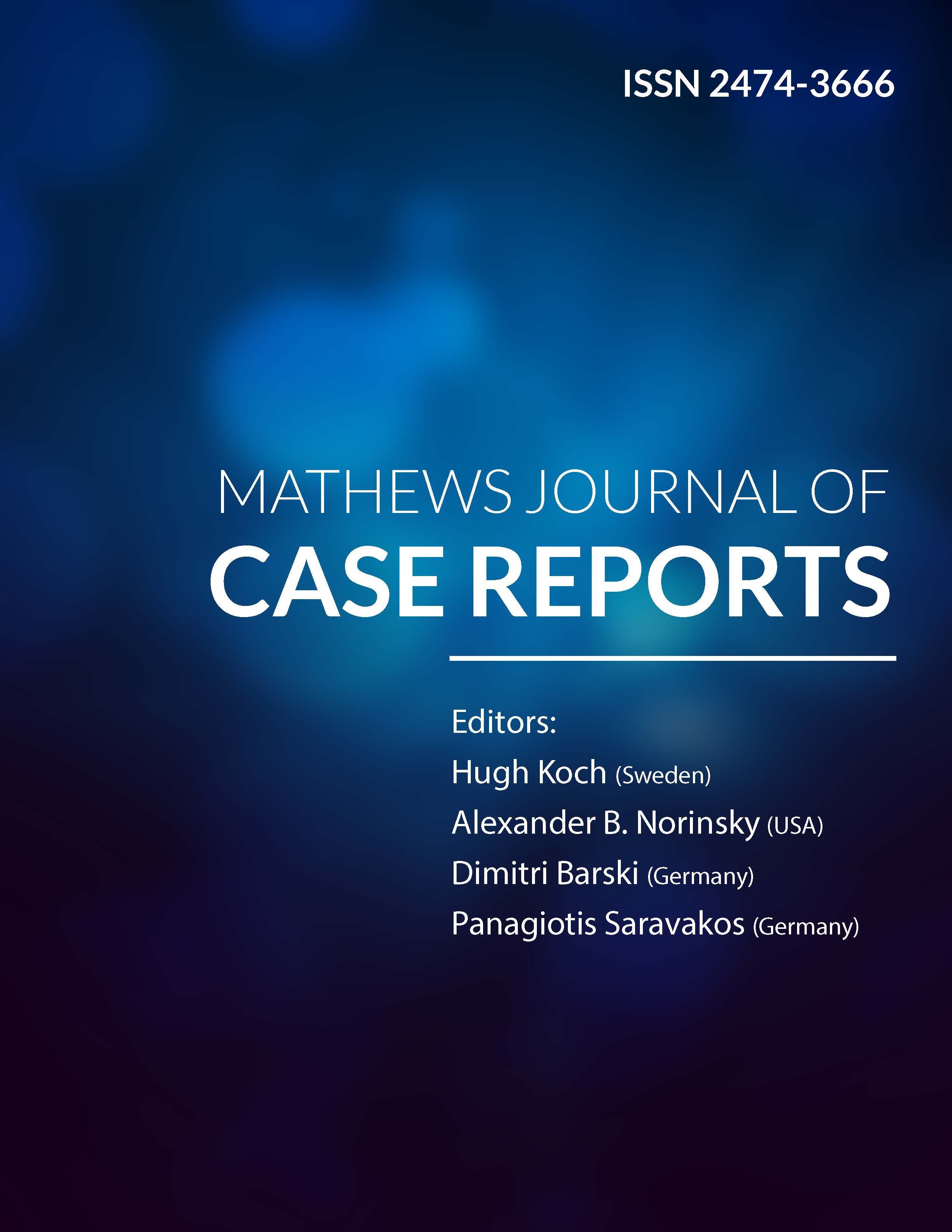
Information Links
Previous Issues Volume 8, Issue 11 - 2023
Effect of Pneumoperitoneum during Laparoscopic Cholecystectomy on Liver Function Tests
Gurmeet Singh Sarla1,*, Samrat Mohan Sunkar2
1Head of Department of Surgery, General & Laparoscopic Surgeon, Military Hospital Khadki, Pune, Maharashtra, India
2General & Laparoscopic Surgeon, Military Hospital Khadki, Pune, Maharashtra, India
*Corresponding Author: Gurmeet Singh Sarla, ead of Department of Surgery, General & Laparoscopic Surgeon, Military Hospital Khadki, Pune, Maharashtra, India; Tel: 9882562223; Email: [email protected]
Received Date: November 02, 2023
Publication Date: December 08, 2023
Citation: Sarla GS, et al. (2023). Effect of Pneumoperitoneum during Laparoscopic Cholecystectomy on Liver Function Tests. Mathews J Case Rep. 8(11):134.
Copyright: Sarla GS, et al. © (2023)
ABSTRACT
Background: Laparoscopic Cholecystectomy has become one of the most commonly performed general surgical procedures, and entails creation of pneumoperitoneum with pressures of up to 12 mmHg. It is known that creation of pneumoperitoneum artificially increases the intra-abdominal compartment pressure. Increased intraperitoneal pressure exerts several undesirable effects on visceral perfusion. The present study was conducted to observe the effects of Laparoscopic cholecystectomy on liver function tests in Cholelithiasis patients who had normal liver functions preoperatively. Aims and objectives: To statistically compare pre-operative levels of Serum Bilirubin, SGOT, SGPT and Serum Alkaline phosphatase with post-operative levels of These parameters 24 and 72 hours after surgery. Materials and methods: The present study was conducted at the Department of Surgery, of a zonal hospital in Pune, India. A total of 50 patients diagnosed with Cholelithiasis who underwent Laparoscopic cholecystectomy were studied from Oct 2022 to Jul 2023. The studied population consisted of subjects from both genders aged between 19 and 75 years. All patients had normal LFT values pre operatively and underwent LC at CO2 pneumoperitoneal pressure of 12 mmHg. LFT consisting of Serum Bilirubin, SGOT, SGPT and Serum Alkaline phosphatase was conducted on the day prior to LC and repeated 24 hours and 72 hours after Surgery. The results were statistically compared. Only those patients were included in the study that had normal base line LFT on the day prior to surgery and no evidence of obvious or suspected bile duct injury or bile spillage during the procedure. Patients with preoperative diagnosis of choledocholithiasis / biliary strictures, serologically proven hepatitis and pregnant patients were excluded from the study. Results: After 24 hours of the procedure elevation of the levels of all four tested parameters was observed to an extent of double their pre-operative values. All Four parameters showed a declining trend at 72 hours post-surgery Conclusions: Transient increase in Serum Bilirubin, SGOT, SGPT and Alkaline phosphatase is observed after uncomplicated laparoscopic cholecystectomy and may be attributed to CO2 pneumoperitoneum, surgical manipulation and diathermy. Liver function tests revert back to normal limits or show a significant reducing trend to near normal levels within 3-4 days of Laparoscopic cholecystectomy. Routine post-operative testing of LFT parameter values is unnecessary in the absence of objectively proven deterioration in the patients’ clinical condition.
Keywords: Pneumoperitoneum, Laparoscopic Cholecystectomy, Liver Function Tests, SGOT, SGPT
Abbreviations: LFT: Liver function test; S Bil: Serum Bilirubin; SGOT: Serum Glutamic Oxaloacetic Transaminase; SGPT: Serum Glutamic Pyruvic Transaminase; ALP: Serum Alkaline Phosphatase; mmHg: millimeters of mercury CO2: Carbon Di Oxide LC: Laparoscopic Cholecystectomy; INR: International Normalized Ratio; Q: Quaque; NSAID: Non-Steroidal Anti-Inflammatory Drugs; Mm: Millimeter; ANOVA: Analysis of Variance; F: Female; M: Male; Pre op: Pre-Operative